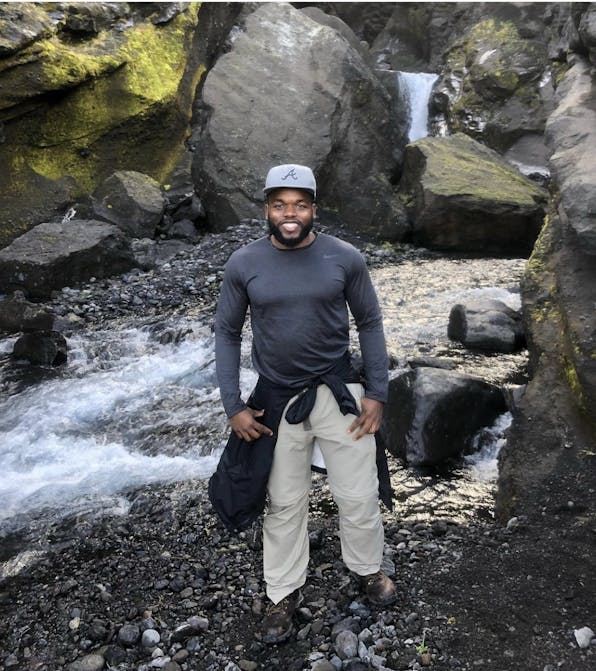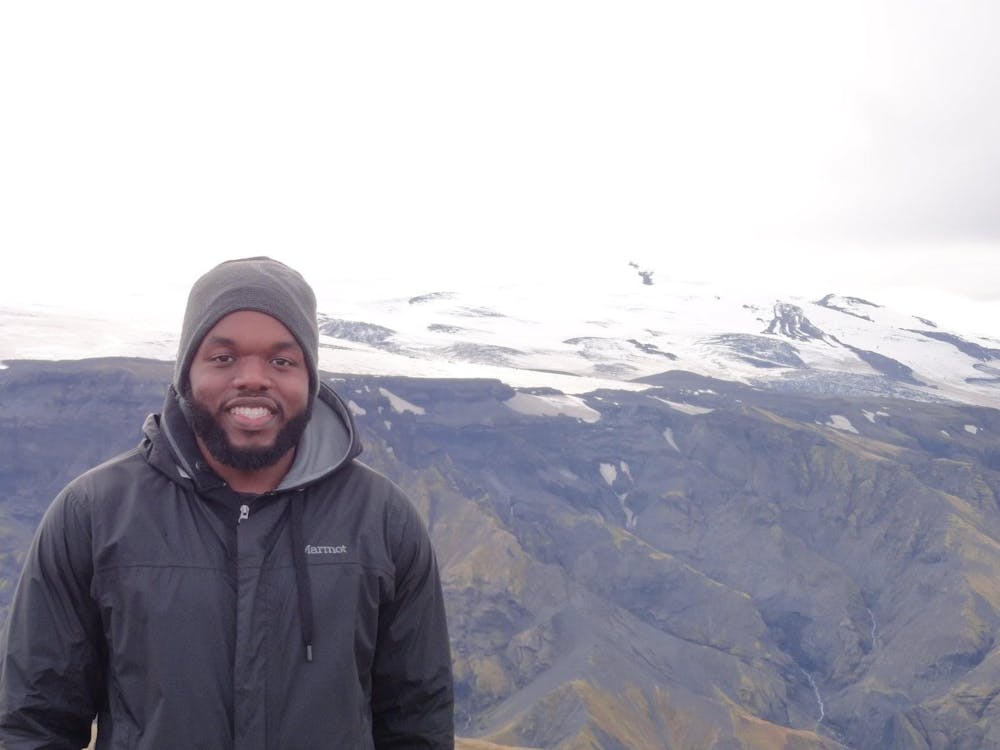Jeremy Williams, an assistant professor of geology at Kent State University, presented a virtual Ohio University Geology Colloquium lecture about "Understanding the Inevitable: Great Dying Event" Friday, Feb. 19. Examining the past through the lens of the largest mass extinction on Earth, Williams sought to deliver a “warning” about the future to the science field.
The Great Dying, also known as the Permian-Triassic Extinction Event or the End-Permian Extinction, occurred around 252 million years ago and wiped out more than 90% of all living things on Earth.
Despite the temporal distance between the present and the Great Dying, parallels can be drawn between both.
“One of the things that's really interesting to paleontologists and Earth scientists about the End-Permian is that some of the triggers for it include things like a rapid increase in greenhouse gases, which is something very relevant and of particular concern to the Earth today,” Alycia Stigall, chair of the Department of Geological Sciences at OU, said.
Today, scientists worry that humans are pushing the limits of the planet, hastening the effects of climate change and potentially causing irreversible damage to Earth and its inhabitants.
“Theoretically, we're not supposed to see a mass extinction,” Williams said. “But, we're probably already in one and we don't even know it.”
For those reasons, Stigall and Williams both see value in studying the Earth’s past and discussing it in events like OU’s Geological Sciences Colloquium Series.
“We can study the past to understand what has happened before and those can be lessons for helping us understand what could happen next, what kind of action steps might be useful and helpful in mitigating human concerns today,” Stigall said.
Williams has been formally researching the Great Dying for years. However, when Williams first became interested in geology and Earth sciences, he was unaware of the breadth of research he would contribute to the field.
From a young age, Williams expressed interest in science. He recalls “knowing all the dinosaur names” and being “interested in the way the world works.” He never seriously considered a career in geology and Earth sciences until college.
“Somebody pulled me over to the side and said, ‘You know you could do this for a living?’” Williams said. “And I was like, ‘Wow, I can.’”
Since his undergraduate, Williams has spent years traveling and collecting data about rocks to understand the Great Dying. He has done work in India, Iceland, Croatia, Serbia, Slovenia, Hungary, Mongolia and Australia. Williams hopes to do research in Africa soon, because “nobody's truly studied the area during the time of the Permian-Triassic Extinction.”

Williams’ travel and research have helped him gain a greater understanding of mass extinctions through the rock record and strengthened his passion for helping others learn, like through his colloquium lecture.
OU’s Geological Sciences Colloquium Series is a course that geology graduate students must take and that faculty members attend. The Feb. 19 lecture had around 20 attendees.
Ceara Purcell, a second year masters student studying geological sciences, attended Williams’ lecture. She values the idea that Williams spoke about – that learning from the past can help scientists understand the future.
“That's like the catchphrase of geology,” Purcell said. “It's definitely like a really big part of why I think it's important, but also why it's interesting to study all these past events.”
The presentations are also open to members of the public. Stigall encourages any interested person to attend these lectures.
“This entire semester in the colloquium series we're dealing with Earth history,” Stigall said. “All of our speakers are studying different attributes of Earth history. So, come for Jeremy and come back to the rest.”






